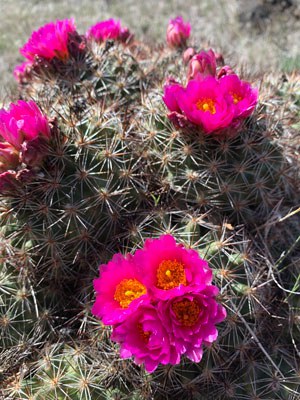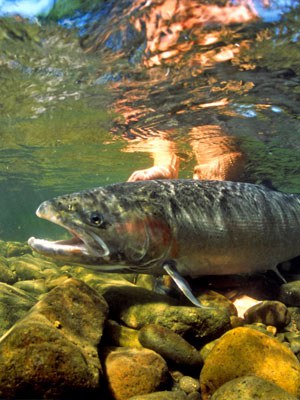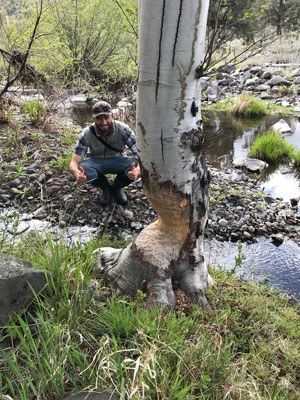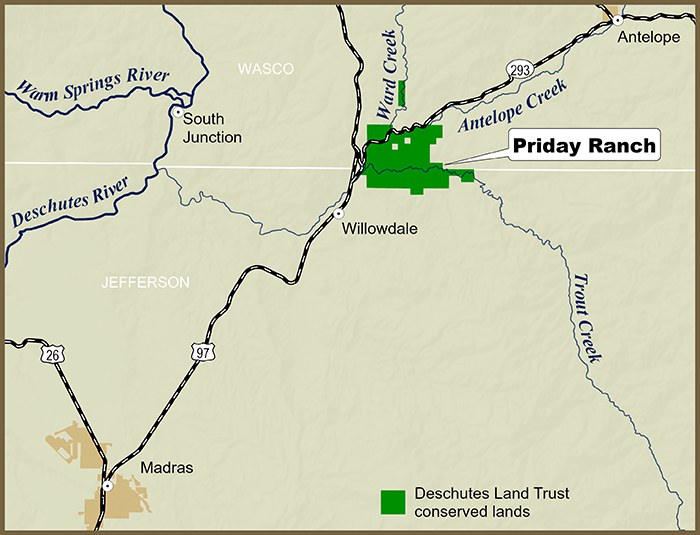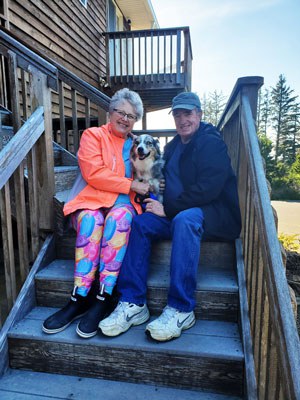

Priday Ranch
Priday Ranch is a 4,973 acre Preserve on Trout Creek north of Madras, Oregon. It was first established in 2020 and an additional 160 acres was added in 2022. Priday Ranch protects ten miles of Trout Creek, Antelope Creek, and Ward Creek, rugged canyons, and native grasslands. The property is located north of Madras, Oregon (see map below) and is home to numerous wildlife species including steelhead, nesting golden eagles, mule deer, Rocky Mountain elk, and beaver. Take our virtual tour or read below to learn more about the property.

